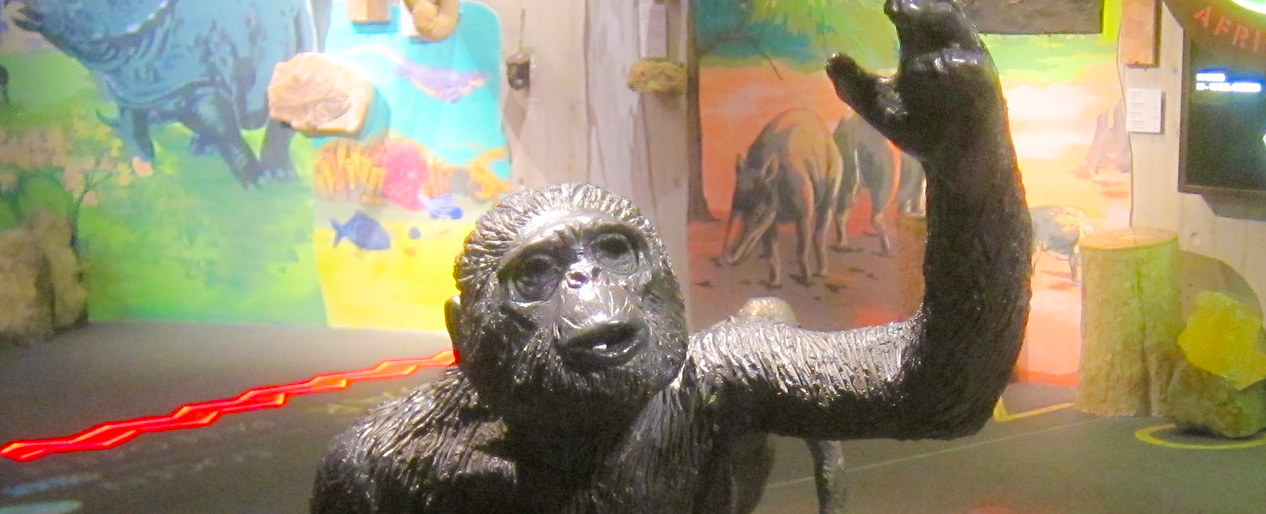BBC Earth
Image: ex_magician
The average missing person’s inquiry begins with a few vital facts. Investigators often know when and where the missing party was last seen. They might have photographs that tell them what the missing person looks like, and they usually have a name to put to that face.
Now imagine beginning a similar sort of inquiry with none of this information.
About 150 years ago, when Charles Darwin published his theory of evolution through natural selection, scientists began to accept that humans – for all our sophisticated behaviour – belong to the same family tree as all other animals.
The idea led to two inescapable conclusions. First, our species is not an only child. Somewhere out there in the natural world, there is at least one species of animal that is more closely related to humans than any other – what biologists would come to call humanity’s “sister species”.
Secondly, and as importantly, our species has a long-lost parent. It stands to reason that if humanity has one or more sisters, then these siblings must have shared the same parent species at some point in prehistory. Evolutionary biologists call this species the “last common ancestor” (LCA). Most people know it by a non-scientific name: the “missing link”.
Scientists have been on the trail of the LCA for decades, and they still have not found it. But many are convinced that they have established enough information to make the hunt a lot easier. They think they know roughly when and where the LCA lived. They even have a reasonable idea of what it looked like and how it behaved. Read more on the BBC Earth website…








